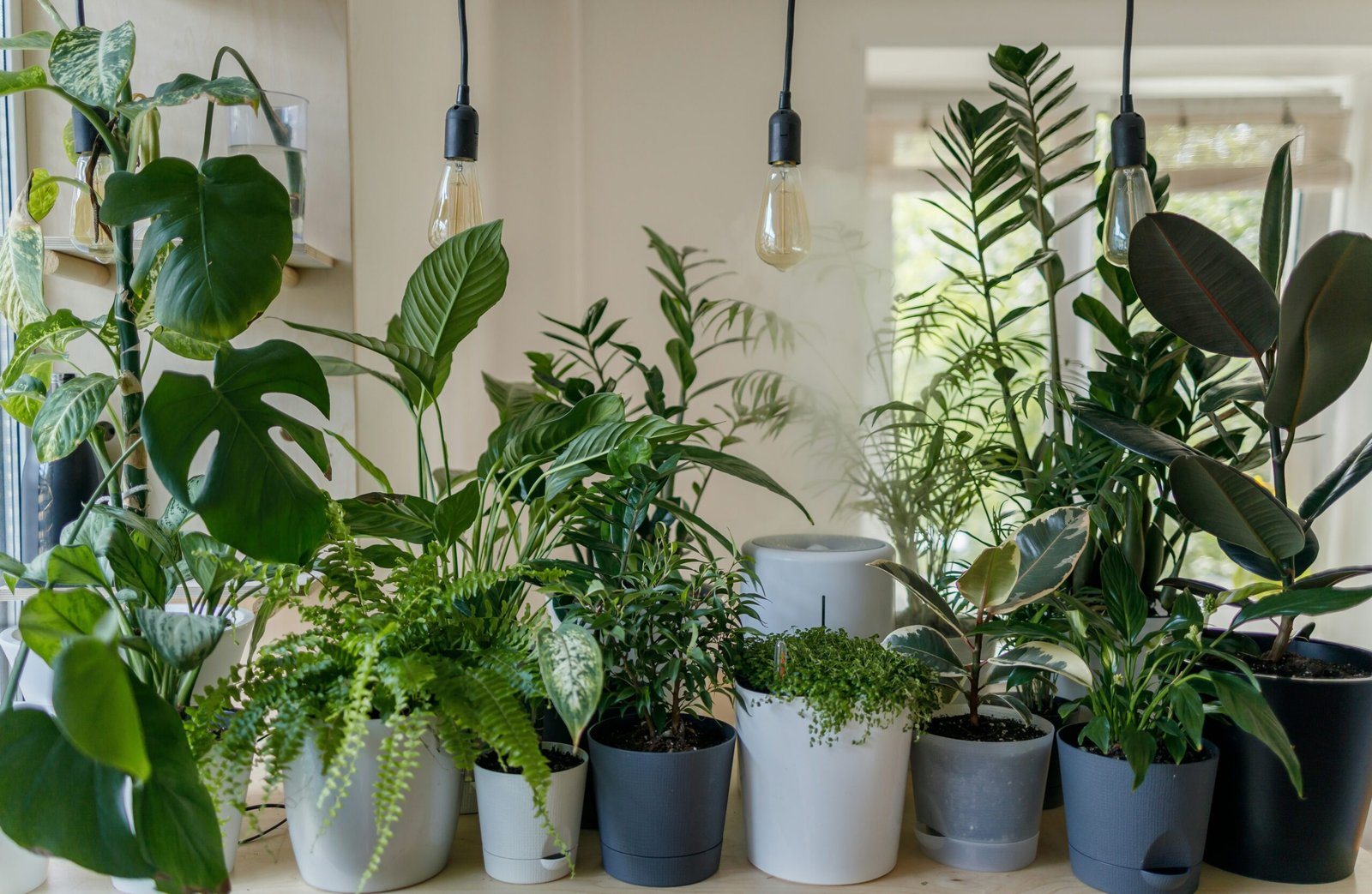when to start tomato seeds indoors
Starting your own tomatoes from seeds can be a great way to get the most out of your garden. But when should you start tomato seeds indoors? The answer depends on a number of factors, including your region’s climate and growing season. In this article, we’ll explore when to start tomato seeds indoors, what kind of environment they need to germinate and grow, and how to care for them until it’s time to move them outdoors. By taking the time to understand the needs of these veggies, you’ll ensure that you have a bumper crop come harvest time!

Late winter
Late winter is the perfect time to start tomato seeds indoors. By starting your seeds indoors, you can get a jump start on the growing season and have ripe tomatoes earlier than if you started them outdoors.
Tomatoes are a warm-weather crop, so they need to be started early in order to have a long enough growing season. Starting your seeds indoors ensures that they will be big and strong by the time they are ready to go outside.
To start your tomato seeds indoors, fill a seed tray or pot with a sterile seed-starting mix. Sow the seeds about ½ inch deep and water them well. Place the tray or pot in a warm location – on top of a radiator, for example – and keep the soil moist but not wet. The seeds should germinate within 7-10 days.
Once the seedlings have emerged, you will need to provide them with plenty of light. A south-facing window is ideal, but if you don’t have one, you can use grow lights. Tomato seedlings need 14-16 hours of light per day.
When the seedlings are about 6 weeks old, they can be transplanted into larger pots or into the garden. Be sure to harden them off first by slowly acclimating them to outdoor conditions over a period of 7-10 days.
Early spring
When it comes to starting tomato seeds indoors, early spring is a perfect time. By starting your seeds early, you’ll have a head start on the growing season and be able to transplant your seedlings into the garden when the weather warms up.
Here are some tips for getting started:
- Choose a tomato variety that is well-suited for indoor growing. Some good options include Early Girl, Yellow Pear, or Cherry tomatoes.
- Fill a planting tray or small pot with a quality seed-starting mix.
- Sow your seeds about ¼ inch deep in the soil.
- Water your seeds gently and place the tray or pot in a warm location (around 70 degrees Fahrenheit).
- Keep the soil moist but not soggy and within a week or two, your tomato seeds should germinate and begin to grow!
8-10 weeks before the last frost
The best time to start tomato seeds indoors is 8-10 weeks before the last frost. This gives the plants enough time to grow and mature before they are transplanted outdoors.
Tomato seeds should be started in a sterile, well-drained soil mix. The mix should be moistened and then lightly compacted before planting the seeds. Plant the seeds about ½ inch deep and space them about 2 inches apart.
Once the seeds have been planted, water them gently with a spray bottle or mister. Place the seedlings in a warm, sunny location and keep the soil moist but not soggy. Once the seedlings have sprouted, thin them out so that only the strongest plants remain.
Transplanting
Now that you have your tomato seeds, it’s time to start thinking about transplanting them. Transplanting is the process of moving your seedlings from their initial planting location to their final home in your garden.
The best time to transplant your tomato seedlings will depend on a few factors, including the climate in your area and the type of tomato plant you’re growing. In general, it’s best to wait until after the last frost date in your area before transplanting. This will help ensure that your plants are able to survive and thrive in their new environment.
If you’re growing a determinate variety of tomatoes, you can transplant your seedlings as soon as they have their first true leaves. Indeterminate varieties should be transplanted when they are about 6-8 inches tall.
When transplanting, be sure to handle your seedlings carefully. Gently loosen the roots and replant them at the same depth they were originally planted. Water them well and give them plenty of light. With a little care, your tomato seedlings will soon be on their way to becoming healthy, productive plants!
Hardening off
One of the most important steps in successfully starting tomato seeds indoors is hardening off your seedlings. Hardening off is the process of acclimating your plants to the outdoors after they’ve been grown indoors under controlled conditions. Without hardening off, your plants can be shocked by the sudden change in temperature and light levels, which can stunt their growth or even kill them.
To harden off your tomato seedlings, start by giving them a few hours of direct sunlight each day, gradually increasing the amount of time they’re outside over the course of a week or two. At night, make sure to bring them back inside so they don’t get too cold. Once they’ve acclimated to the outdoors, you can plant them in their final location.
can dogs eat watermelon?
- 5 Tips for Starting Your Own Organic Herb Garden
- Free Organic pest control methods for gardens 2023
- 10 Steps To A Healthy Home Garden
- 5 Tips For Keeping Your Garden Safe
- Tips on Caring For Your Indoor Plants During The Fall Season
Discover more from Organic Gardening
Subscribe to get the latest posts sent to your email.







